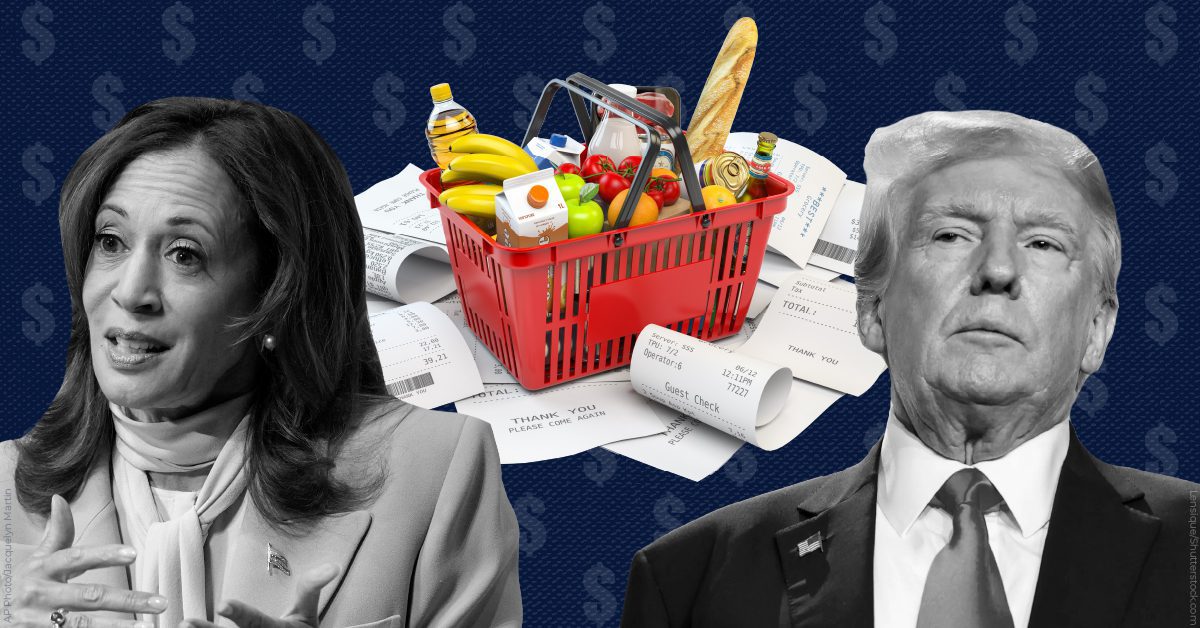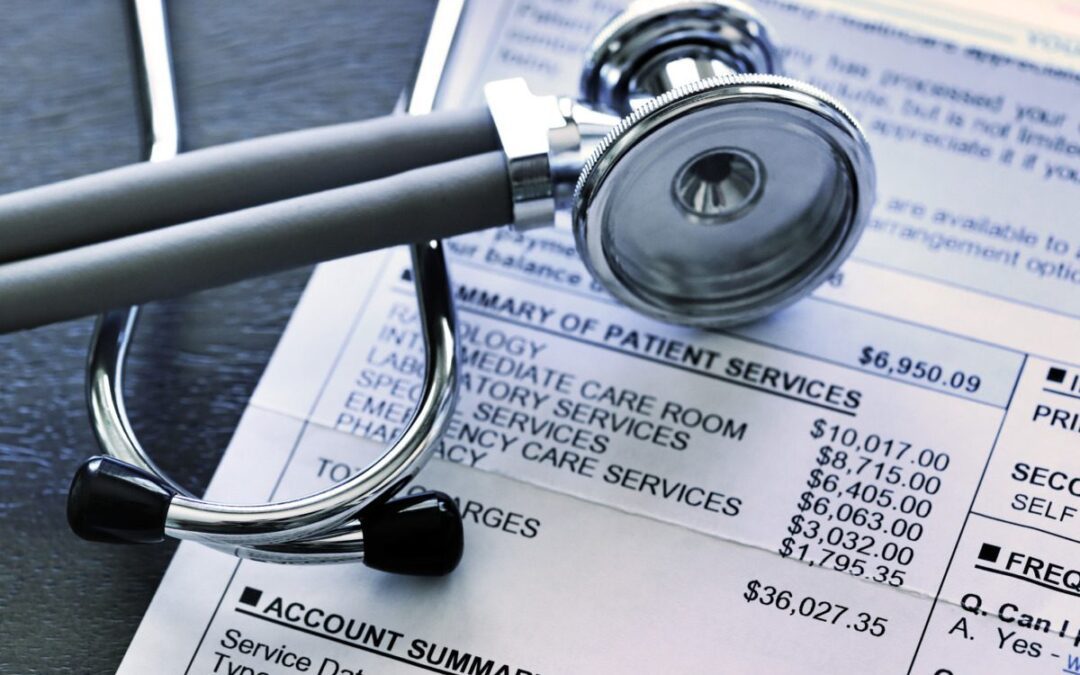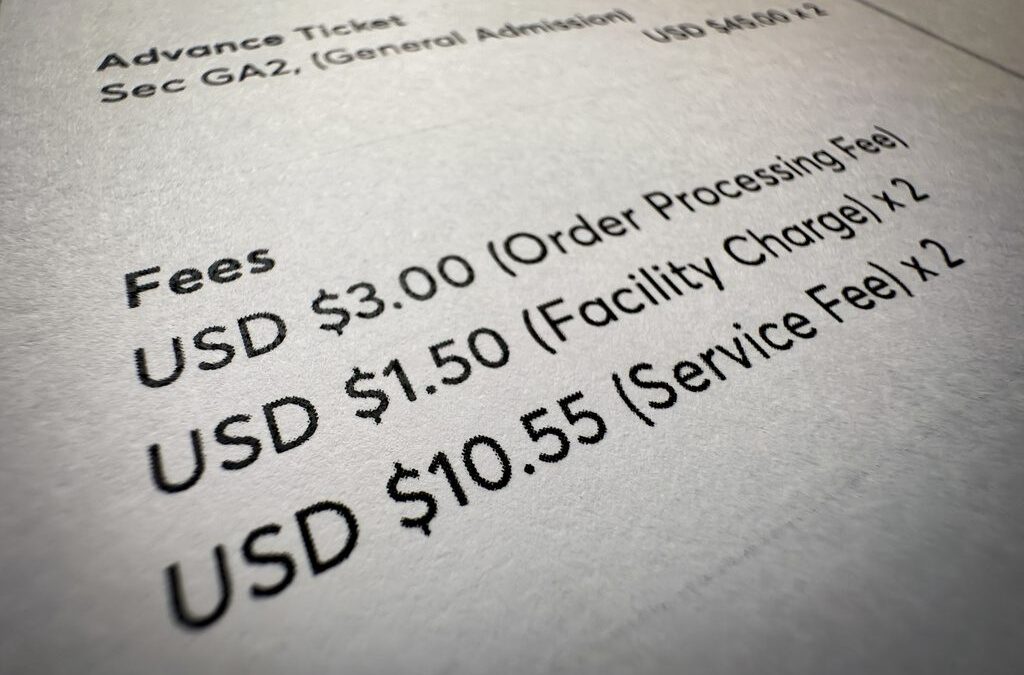
Kamala Harris has said that she will call on Congress to pass a federal ban on price gouging and give the federal government more authority to prevent consolidation in the food industry, if elected. Donald Trump, on the other hand, wants to impose tariffs and reduce food imports, a plan that would cause food prices to increase. (Graphic by Francesca Daly)
Kamala Harris has said that she will call on Congress to pass a federal ban on price gouging and give the federal government more authority to prevent consolidation in the food industry, if elected. Donald Trump, on the other hand, wants to impose tariffs and reduce food imports, a plan that would cause food prices to increase.
Democratic nominee for president Kamala Harris released her full economic agenda earlier this month, including a plan to take on price gouging in the food sector.
Harris, responding to families’ continued concerns over high grocery bills, said she’d work to “pass the first-ever federal ban on price [gouging] on food” during a speech following her policy rollout.
“My plan will include new penalties for opportunistic companies that exploit crises and break the rules, and we will support smaller food businesses that are trying to play by the rules and get ahead,” Harris said. “We will help the food industry become more competitive, because I believe competition is the lifeblood of our economy.”
Harris’ proposal comes amid growing scrutiny of the food and grocery sector, as the pandemic-era surge in food prices coincided with booming corporate profits and growing consolidation among food producers and grocery stores, drawing accusations of price-gouging and corporate greed.
Harris has also highlighted the “extreme consolidation in the food industry” that’s “led to higher prices that account for a large part of higher grocery bills,” while on the campaign trail. She has also stated that more enforcement actions need to be taken by the Federal Trade Commission (FTC) in regards to preventing consolidation in the food industry.
Where does Trump stand?
Trump, on the other hand, hasn’t offered much in the way of how he’ll address rising grocery prices, and some of his economic policy proposals could actually increase the cost of food and other grocery items.
At a recent campaign event, Trump pledged to lower the price of groceries via tariffs — taxes on goods and services imported from other countries.
“We allow a lot of farm product into our country. We’re going have to be a little bit like other countries. We’re not going to allow so much — we’re going to let our farmers go to work,” Trump said.
A host of economists and policy experts were quick to point out that Trump’s plan was illogical and would instead raise prices.
“That’s what you get when you ask someone who both knows nothing about economics and has never had to buy his own groceries in his life,” Dean Baker, senior economist at the Center for Economic and Policy Research, wrote on X, formerly Twitter.
Former US Labor Secretary Robert Reich underscored the absurdity of Trump’s plan to lower costs by proposing something that would raise them.
“Trump’s plan to lower food prices is to reduce the supply of food. Think grocery prices are high now? Just wait,” Reich said on X.
About 15% of the American food supply was imported last year, including 94% of seafood, 55% of fresh fruit, and 32% of fresh vegetables, according to the US Food and Drug Administration (FDA).
If Trump were to impose tariffs on food products, it would reduce supply, causing prices to rise, while American grocery stores — and ultimately consumers — absorb the cost of the tariffs on imports.
“Importers will no doubt pass on the cost to consumers unless they have a reason to eat the cost themselves,” Stephen Craven, a former trade negotiator for the US Department of Commerce wrote in an op-ed for CNN. “As domestic suppliers are unlikely to be able to undercut them on price any time soon…consumers are likely to foot the bill.”
While American farmers could, over time, ramp up production of some foods, in many cases, families would find long-term shortages of certain items when they go to the grocery store, as Cato Institute vice president Scott Lincicome pointed out.
“Well, technically, you can’t get a price lower than zero (bc the food won’t be available at all bc it can’t be grown in the US for most of the year),” Lincicome wrote on X.
Furthermore, when the US imposes tariffs on other countries, they tend to respond by doing the same, causing a trade war that consumers ultimately pay the price for.
China imposed retaliatory tariffs of up to 25% on US grown products, such as soybeans and pork, during Trump’s first trade war with the country. Because these tariffs made American food products more expensive for overseas consumers to buy, they stopped buying them, leading exports for some domestic producers to fall by more than 70%.
“Let’s be clear that the Trump administration resulted in a trade deficit, one of the highest we’ve ever seen in the history of America,” Vice President Kamala Harris said during the presidential debate against Trump earlier this month. “He invited trade wars.”

Medical debt will no longer appear on credit reports for all Americans
This new rule will erase an estimated $49 billion in unpaid medical bills from the credit reports of roughly 15 million Americans, according to the...

Sick of hidden fees on concert tickets and hotel stays? A new federal rule bans them.
Now, live event businesses and hotels must clearly list their prices in both their advertising and pricing information. American consumers on...

Trump’s economic plans would worsen inflation, experts say
Mainstream economists warn that Trump's plans to impose huge tariffs on imported goods, deport millions of migrant workers, and demand a voice in...

Harris wants to give working families a tax cut and raise taxes on corporations. Trump would do the opposite.
Kamala Harris has proposed increasing the corporate tax rate, expanding the child tax credit, and cutting taxes for more than 100 million working...

Harris wants to cap child care costs and expand the child tax credit. Trump’s solution? Tariffs.
Harris has proposed capping families’ child care costs to 7% of their income and offering families of newborns up to $6,000 in the first year of the...

Harris’ plans aim to make housing more affordable. Trump’s plans are less clear.
Harris has vowed to increase the available housing supply by three million homes and to provide lower-income first-time homebuyers with up to...




